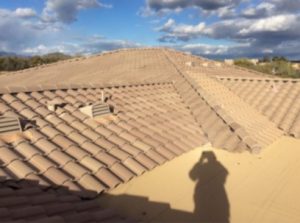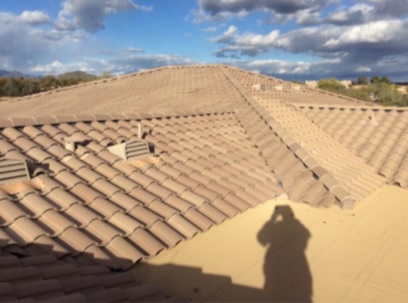“When you read, “the roof, AC, etc., is at the end of its useful life, this is Inspector-speak for, ‘It’s toast!'”
- Review AAR’s “Buyer Advisory.” It is one of the nation’s finest online real estate information resources. You need to know what you should be on the look out for, especially if you’re a first time home buyer! We recommend you read this document thoroughly.
- The initial home inspection is “general.” The inspector is “observing” possible issues, not determining their cause or cost to repair. Observe red flags resulting from this inspection and be prepared to obtain further inspections, bids, for all findings, like AC, roof, plumbing, electrical, pool, mold or other. Be prepared to order additional inspections/estimates for issues that the general inspection brings up!
- If dealing with a more complicated, older, or property in obviously poor condition, request 15 days for the inspection period instead of the default 10. This will provide extra inspection time for more specific inspections if needed. You don’t want to make decisions under pressure or with a lack of information, so having the time to really understand the property is critical!
- Take the inspector’s language seriously. For example, when you read, “the roof, AC, or hot water heater, etc., is at the end of its useful life,” on the inspection report, that is code for: “It’s toast!” It will need to be replaced soon. The question is, who will pay for the replacement? The answer is you, the buyer, as the new unhappy-homeowner. Unless that is you negotiate some seller concessions during the Due Diligence period. More on this below!
- Always have a pest (termite) inspection. 99.9% of sellers are willing to pay to correct termites. If termites are found and treated, the company will warrant the property for one year and will renew year to year for a modest fee. An inspection company we prefer will actually warrant the property for one year against termites if they didn’t find any termites. Remember, there are 3 types of properties in Arizona: 1 – One that’s had termites, 2 – One that currently has termites, or 3 – One that will have termites.



